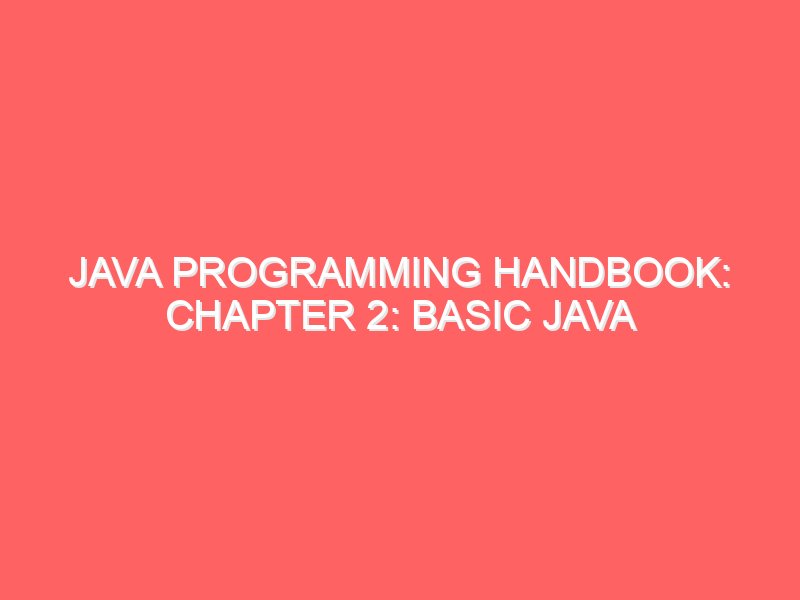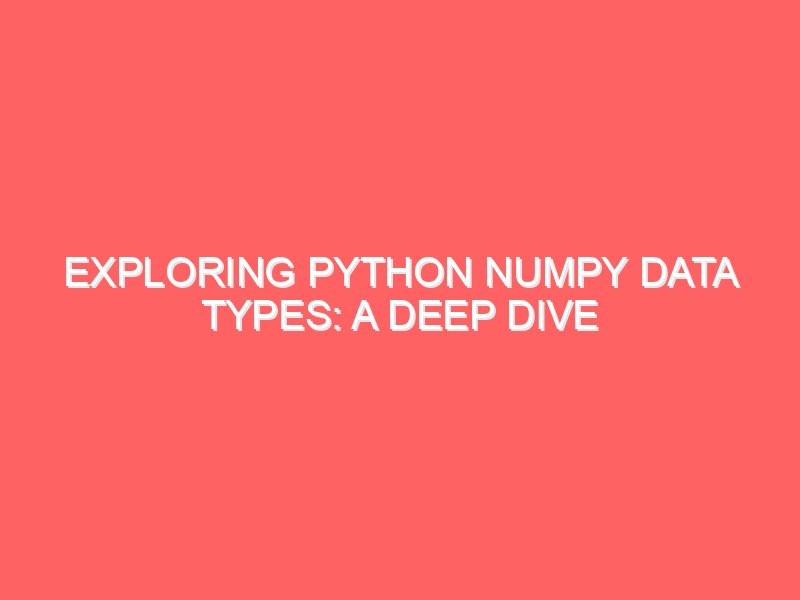Introduction Welcome to the fascinating world of Machine Learning (ML), a field that is transforming industries and reshaping our everyday lives. If you’re a beginner or a non-tech student, diving into machine learning might seem daunting at first, but fear not! This guide is here to break down complex concepts into simple, relatable language and provide a roadmap for your journey into the realm of ML. In this guide, we’ll explore what machine learning is, how it works, and why it matters. We’ll walk through real-life examples, offer insights into popular algorithms, and even introduce you to some sample datasets to get your hands dirty. Plus, we’ll show you how Python and Emancipation Edutech can be your trusted allies in learning machine learning, offering free models and resources to kickstart your journey. Let’s start by unraveling the mystery of machine learning. What is Machine Learning? Imagine teaching a computer to learn from experience, just like humans do. That’s the essence of machine learning. It’s a branch of artificial intelligence that empowers computers to learn from data, identify patterns, and make decisions with minimal human intervention. A Simple Example Consider a simple task: recognizing handwritten digits. Humans can do this effortlessly, but how do we teach a machine to recognize a ‘2’ from a ‘5’? With machine learning, we can train a computer to do this by showing it thousands of examples of each digit and allowing it to learn from the patterns it observes. The Core Concept: Learning from Data At the heart of machine learning is data. Data is like food for machines. It feeds algorithms that process it, learn from it, and improve over time. The more data you have, the better your machine can learn. Key Components of Machine Learning Before we dive into the exciting world of algorithms and applications, let’s familiarize ourselves with the key components of machine learning: Machine Learning vs. Traditional Programming Machine learning differs from traditional programming in a fundamental way. In traditional programming, you write explicit instructions for the computer to follow. With machine learning, you provide data and let the computer learn the instructions. Traditional Programming Example Let’s say you want to build a spam filter. In traditional programming, you’d write rules to identify spam emails based on keywords like “win” or “free.” However, this approach can be limited and easily bypassed by clever spammers. Machine Learning Approach In machine learning, you’d feed the computer thousands of emails labeled as spam or not spam. The machine would analyze patterns and create a model that can identify spam more accurately by understanding the nuances of language. Why Machine Learning Matters Machine learning is revolutionizing the way we live and work. It has become an integral part of various industries, offering benefits such as: Real-Life Examples of Machine Learning To illustrate the impact of machine learning, let’s explore some real-life examples across different industries. Healthcare: Predicting Disease In healthcare, machine learning is used to predict diseases and diagnose patients more accurately. By analyzing patient data, ML algorithms can identify patterns that indicate the likelihood of diseases like diabetes or cancer. Example Dataset A sample dataset for disease prediction might include features like age, gender, family history, lifestyle habits, and medical records. The machine learning model can learn from this data to predict a patient’s risk of developing a particular disease. Finance: Fraud Detection The finance industry relies heavily on machine learning to detect fraudulent transactions. By analyzing transaction data, ML models can identify suspicious activities and alert financial institutions in real-time. Example Dataset A fraud detection dataset could include features like transaction amount, location, time, and previous transaction history. The model learns to recognize patterns that indicate fraudulent behavior. E-commerce: Product Recommendations E-commerce platforms use machine learning to provide personalized product recommendations. By analyzing user behavior, purchase history, and preferences, ML algorithms can suggest products that a customer is likely to buy. Example Dataset A recommendation system dataset might include features like user ID, product ID, purchase history, and browsing behavior. The model learns to recommend products based on similar user profiles. Transportation: Autonomous Vehicles Machine learning plays a crucial role in developing autonomous vehicles. These vehicles use ML models to understand their surroundings, make driving decisions, and navigate safely. Example Dataset An autonomous vehicle dataset could include features like camera images, radar data, GPS coordinates, and sensor readings. The model learns to interpret the data and make real-time driving decisions. Getting Started with Machine Learning Now that we’ve seen the power of machine learning in action, let’s explore how you can get started on your own ML journey. Step 1: Learn the Basics Before diving into complex algorithms, it’s essential to grasp the basics of machine learning. Here are some key concepts to explore: Step 2: Choose a Programming Language Python is the go-to language for machine learning, and for good reason. It’s easy to learn, has a vast library ecosystem, and boasts an active community. Let’s delve deeper into why Python is ideal for ML. Why Python? Step 3: Explore Machine Learning Libraries Python offers a wide range of libraries to facilitate machine learning tasks. Let’s explore some of the most popular ones: 1. NumPy NumPy is a fundamental library for numerical computations in Python. It provides support for arrays, matrices, and mathematical functions, making it essential for data manipulation. 2. Pandas Pandas is a powerful library for data manipulation and analysis. It offers data structures like DataFrames, which are perfect for handling structured data. 3. Scikit-learn Scikit-learn is a machine learning library that provides a wide range of algorithms for tasks like classification, regression, clustering, and more. It’s user-friendly and well-documented, making it an excellent choice for beginners. 4. TensorFlow TensorFlow is an open-source deep-learning framework developed by Google. It’s used for building and training neural networks, making it ideal for complex ML tasks. 5. Keras Keras is a high-level neural networks API that runs on top of TensorFlow. It’s designed to be user-friendly and allows for rapid










